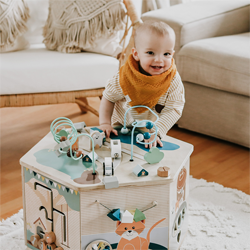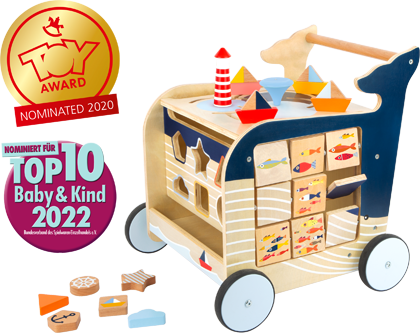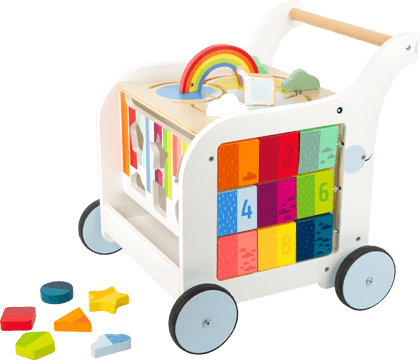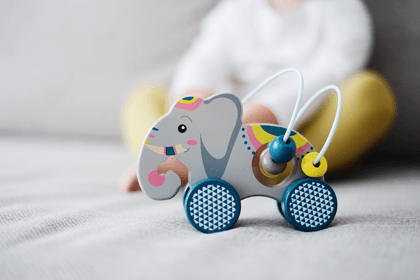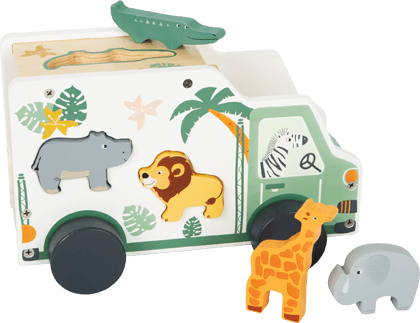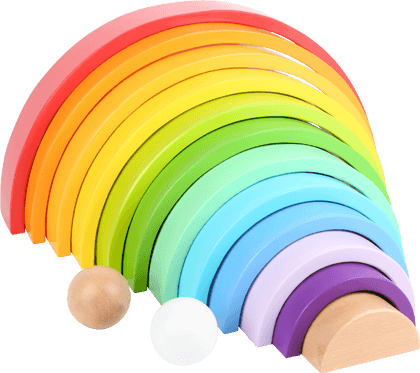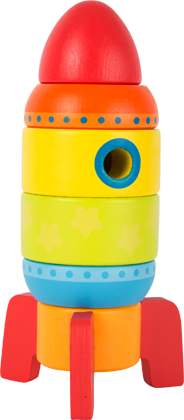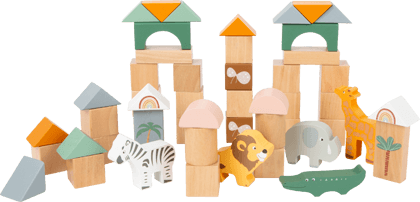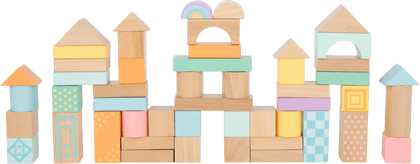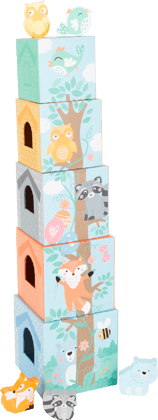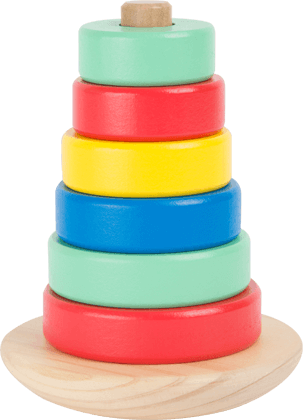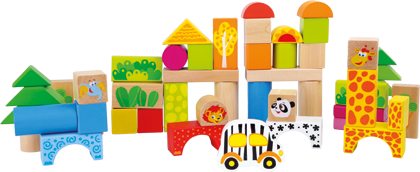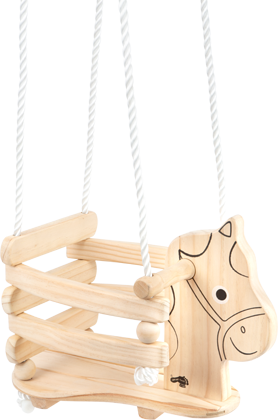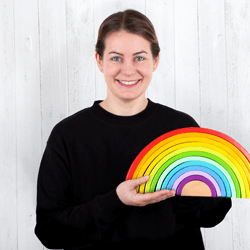Toys for infants aged 1 year and up
Recommendations for toys for the development for ages 1 year and up
Which toys are suitable for 1-year-olds?
We provide assistance to support you with your choice of toys for children aged 1 year and up. When selecting toys, it's important to educate yourself on the development phase of infants aged 1 year and up.
The toys of children aged 1 year and up often end up in their mouths. Toys are still explored with all senses. They enjoy listening to repeating melodies, which have a calming effect on the 1-year-olds, who in turn are starting to be able to recognise melodies. They usually try to start singing at the age of 14 months. They're not quite ready for complete sentences yet, but single words do become a way for them to communicate. Despite their lack of dexterity, children aged 1 year and up slowly begin to perceive shapes and sizes. Toys such as shape-fitting games can support this stage of development-
Children's first attempts at walking usually begin around the age of 16 months at which point maintaining balance is still a challenge. Baby walkers can help them overcome this challenge of their first walking attempts. At approximately 20 months, they are usually able to gradually hold toys in their hands while walking at the same time. Their comprehension of how to separate parts and put them back together increases. Toys such as building blocks can help train their understanding of the principles of cause and effect. They also develop an understanding of caring for their toys, which may also include not wanting to share them. Their social competencies have only been developed slightly at this point.
In this stage of development, children aged 1 year and up need toys…
- For learning how to walk
- To push, pull, and roll around
- To stack, build, and hammer
- To turn pages and look at
